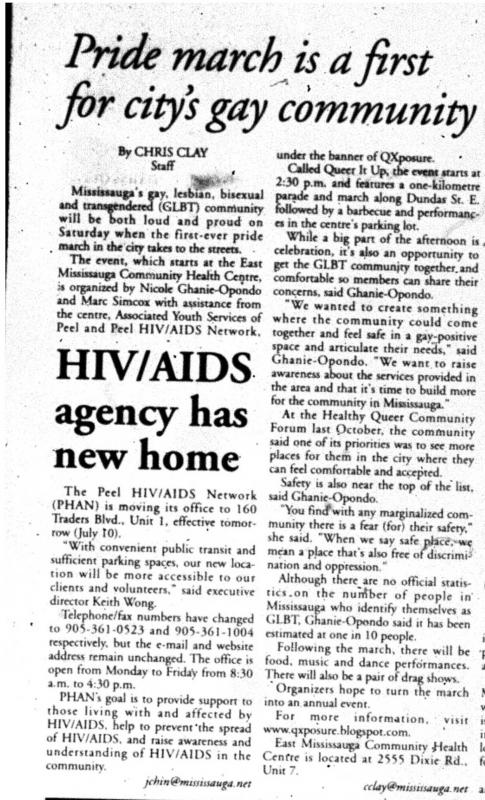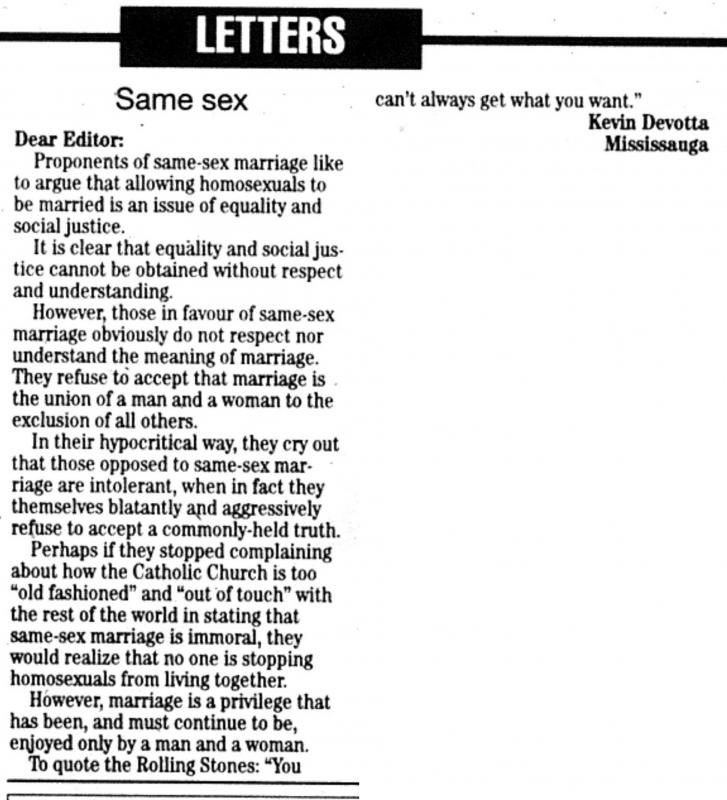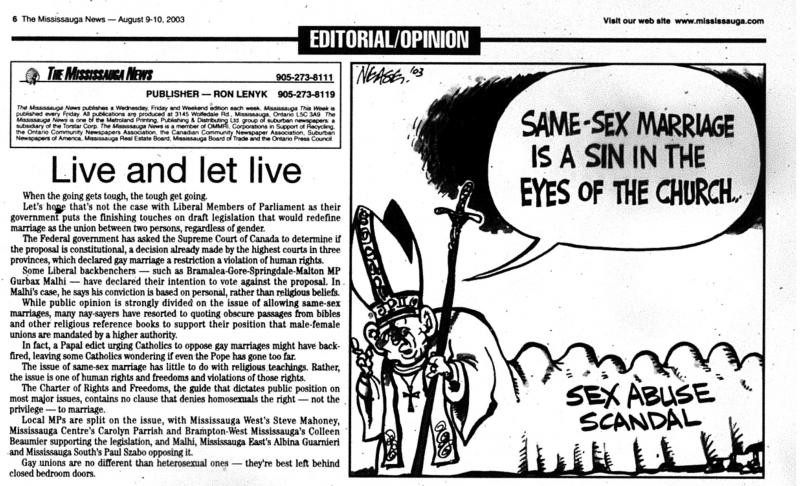🏳🌈 𝑸𝒖𝒆𝒆𝒓 𝒊𝒏 𝑷𝒆𝒆𝒍 🏳🌈
By conducting interviews, oral historians possess the unique ability to collect primary sources concerning marginalized people, such as members of the LGBTQ2+ community. Without the work of oral historians, these stories would likely stay buried in these communities. The LGBTQ2+ community covers a large spectrum of peoples, all with varied experiences. Our objective in focusing on LGBTQ2+ members within the Peel Region is to capture the unique experiences of queer and trans live within ‘the burbs’.
The Regional Municipality of Peel (Peel Region, or Peel) consists of the City of Mississauga, the City of Brampton and the Town of Caledon. The Region of Peel is located in Ontario and makes up the Greater Toronto Area, sharing boundaries with the City of Toronto and possessing a total population of over 1 million people, the suburban cities are relatively diverse with over 70% of people identifying as a visible minority in Brampton and over 50% in Mississauga.
Diversity, however, is not limited to the diverse racial and ethnic demographics as within the city; people of diverse sexual and gender identities also exist. An unspoken knowledge circulates within Peel's sexual and gender minority cultures: if people want to participate or connect with the LGBTQ2+ community, they flock to the City of Toronto - a place perceived to be more open and progressive. Our narrators verified this, with several speaking about outings to downtown Toronto bars in the city’s “Gay Village”. Another common theme concerns affluence or ‘middle-classness,’ as a majority referred to access to televisions programs, the internet etc.
The LGBTQ+ community does not appear to have a longstanding history within Peel Region. Within the Mississauga Archives, references to the community appear to be limited to the controversies surrounding it. Below are some excerpts which highlight the sentiments and attidues towards the LGBTQ+ community in Peel.
As is implied through the newspaper articles, in the past LGBTQ2+ issues and stories only arose when they became contentious. Today, we present a number of narrators and their stories with the aim of providing some genuine insight into the diverse lives of queer people in Peel.
Oral History with Lee Iskander
Lee Iskander lived in Mississauga and attended St. Joseph’s Catholic Secondary School. There, they were active in attempting to get queer and trans groups to be able to function within Catholic schools. Active with Gay-Straight-Alliances and Peel Pride, Lee continues to do work and research related to the LGBTQ+ community in Vancouver. Lee describes the ways in which they were active with other members of the community and spaces that they resorted to in order to meet. They describe Toronto as a place that seemed to possess more possibilities as they had a larger presence and influence on their activism work.
Oral History with Leah Kozolowicz
Leah Kozlowicz attended Our Lady of Mount Carmel Catholic Secondary School and is currently pursuing a degree from Laurier University. She describes the ways in which she first began to come to terms with being bisexual, specifically in reference to some television and movie characters. She also speaks to the difficulties of being bi and revealing her sexuality to her current boyfriend. She discusses the general difficulties of coming out to her family who may find her sexuality difficult to understand. Leah also speaks about the accepting friend group that she had during high school.
Oral History with Elio Colavito
A native to Mississauga, Elio Colavito was raised in a Catholic household and attended Loyola Catholic Secondary School. They began to explore their sexuality 'early’ as they began dating women in the beginning of high school. Elio refers to some moments that were influential for their with reference to some movie and television characters. Elio studied political science and history at a university in the United States, where they got to ‘properly explore their sexuality’. They touch upon this monumental development and their realization that being accepted by those who matter is most important. Currently, Elio spends most of their time in Toronto as they work with The ArQuives, will frequent the bars downtown, and attends class at the St. George Campus.
Oral History with S Trimble
Moving to Mississauga at the age of six, Dr. Trimble stayed in the Mississauga region until the beginning of university. Also known as T, she is a professor of Women and Gender Studies at the University of Toronto, St. George campus. She began to explore her gender at a young age with the influences of celebrities such as Melissa Etheridge and online queer communities. She began thinking more about her own gender identity upon reading books such as Leslie Feinberg's Stone Butch Blues. She struggled with her upbringing in a strict Anglican church and discusses finding groups like the 519-youth group, which had a Mississauga offshoot at the time, to support her in high school. Currently, her focus is on providing guidance to her students and being a role model to enhance their experiences at the University of Toronto.
Oral History with Konstello Armonia Villegas Velasco
Self-described as a warm individual, Konstello came to Brampton from Brunei when they were 4; their background is Filipino. They were raised Christian and attended a Catholic school . There, they had to deal with some bullying, but it did not stem exclusively because they were queer. Konstello identifies as non-binary, masculine presenting, attracted to femmes. Started to cotton on to queerness through watching an episode of House when a young person. Konstello referred to some specific instances where they were able to catch a ‘heteronormative break’ from the cultural and societal norms that they found themselves in. They also describe the relationship that they have with their family, which can be described as difficult. Discusses the status of being gay, or 'bakla' in Filipino culture. Discusses sharing desire for top surgery with their mom, and the negative reaction that ensued. Konstello’s high school experience was better than that of elementary school, as they found a close group of queer friends.
Oral History with Christina Caldi
Christina Caldi has lived in the Peel region her entire life and attended Loyola Catholic Secondary School. She describes herself as "gay," rather than "queer," basically in solidarity with an older generation who lived through the AIDS crisis. She grew up in a Catholic household, and discusses Catholic guilt as she begins to figure out her interest in same-sex sexuality. Mentions the Gay-Straight Alliance founded in her last year of high school; too nervous to join. She began to explore her sexuality following a bad breakup in the beginning of university and describes herself as coming out ‘late’. She touches upon some formative moments that were influential for her, specifically when she read Sing You Home by Jodi Picoult. She describes the relationship that she has with her family (one side Croatian) after she had come out to them, with some family members being supportive, but her main support group remains her close friends. When seeking queer spaces and people she has spent most of her time in the Village in Toronto. She also touches upon some volunteer work that she’s looking to do and the additional ways she wants to get involved with the community.
Project completed by:
Madeline Medeiros-Sousa, Mrinalini Fernandes, Tasha Bikic, Trinity Halla and Tomasz Glod
Bibliography
Murphy, Kevin P., Jennifer L. Pierce, and Jason Ruiz. “What Makes Queer Oral History Different.” The Oral History Review, Volume 43, Issue. 1 (April 2016): 1–24. https://doi.org/10.1093/ohr/ohw022.






